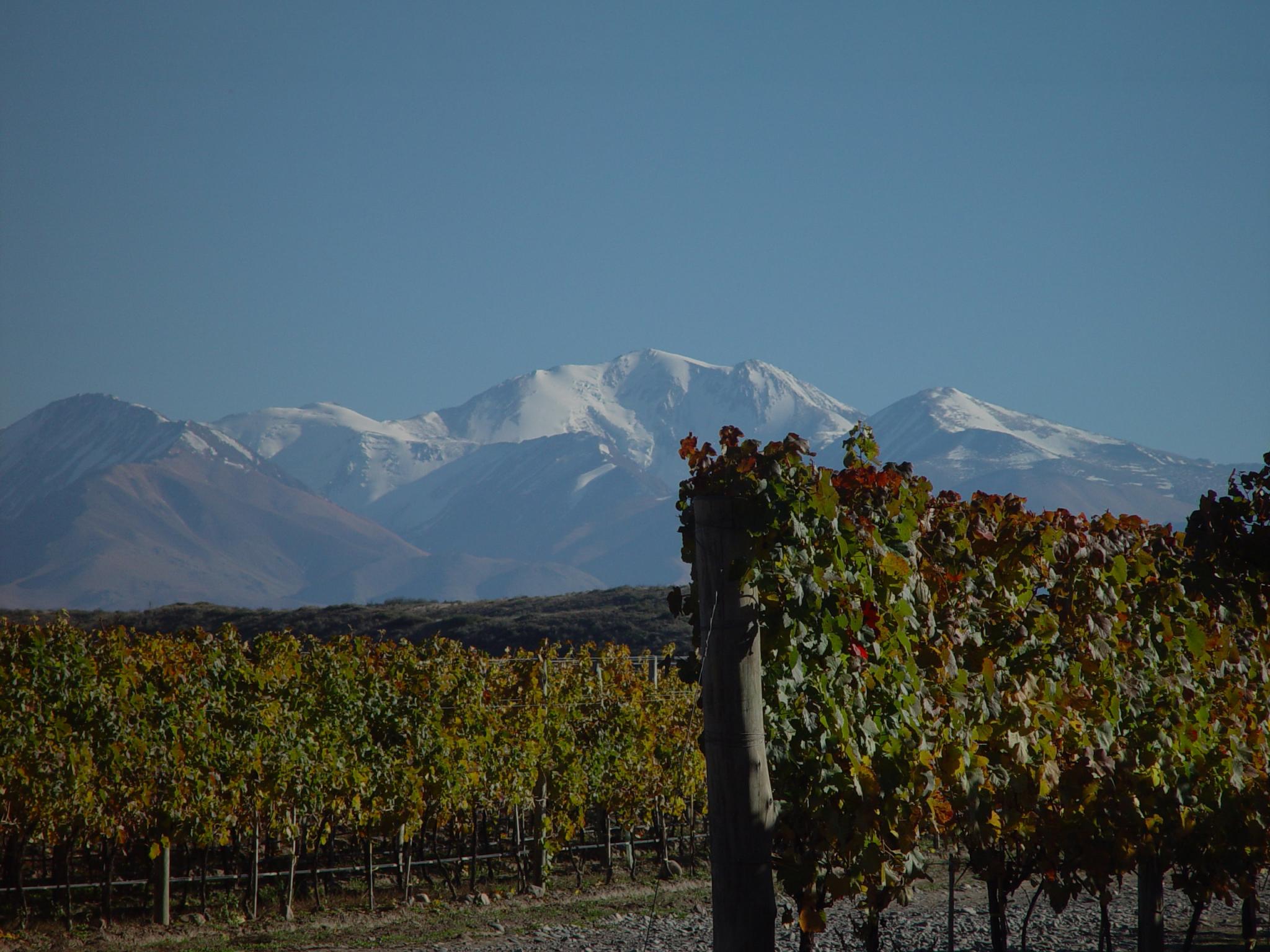Amancaya

The vintage
Winter went by with regular temperatures, but sprouting occurred a few days earlier than usual (October 5th in the case of Malbec). Furthermore, flowering, fruit set and veraison occurred during the expected dates. Fortunately, good weather predominated throughout the season with little rainfall, specifically during March (16 mm) in relation to the historic average for that month (30 mm). These typical weather conditions (sunny and dry days, and also an important thermal oscillation between night and day), allowed both grapes and tannins to ripen slowly, which helped preserve a remarkable freshness.
Location
Nestled at the foothills of the snowcapped Andes mountains, Mendoza is known as the best wine producing region in Argentina. With vines planted on high plateaux between 800 and 1200m above sea level, Mendoza's vineyards are known as the highest in the world. Sheltered from the rain by the mountains to the West and the Pampa to the East, the region is very arid. Mendoza wines draw their character from an exceptionnal sun exposure and wide temperature variatons between night and day.
Terroir
Amancaya is the Quechua name of an endemic flower of the Andes found in the Mendoza area. Grapes are sourced from selected plots of old vines in Lujan de Cuyo just outside Mendoza, and also from Altamira, further South. In Lujan, soils are quite varied depending on how close vineyards are to the mountains or Mendoza River, and tend to form alluvial layers of loam, rock, and gravel. In Altamira, vineyards are planted at 1000m above sea level, on the ancient alluvial bed of the Tunuyan River.
Winemaking
Harvest is conducted by hand and grapes are carefully sorted on tables and destemmed before being placed in stainless steel tanks for fermentation. Regular pumping-over ensure a gentle extraction of the tannins. After malolactic fermentation, 50% of the wine is transfered into French oak barrels for a period of 12 months, and 50% is placed in concrete vats.
Grapes
Tasting
Deep red color with intense ruby hues.
Very fruity on the nose, with blackcurrant, strawberry, floral and minty notes coming through, followed by aromas of cassis, graphite and coffee bean.
On the palate, the wine is balanced and pleasant, with texture, and refined tannins. A fruity middle palate leads to an elegant and long aftertaste.
Downloads

